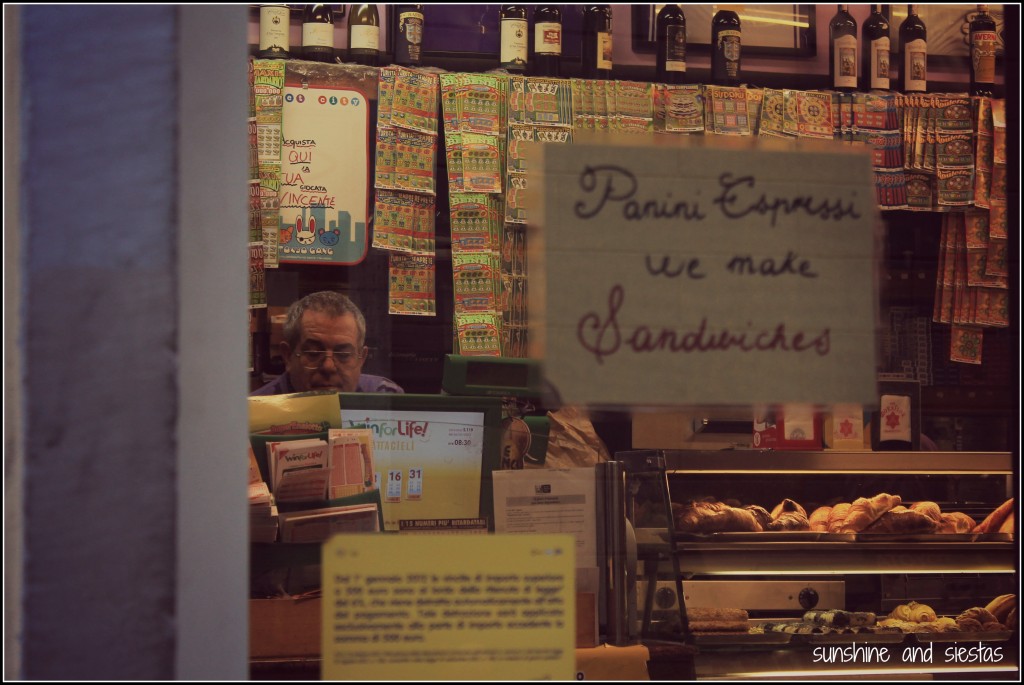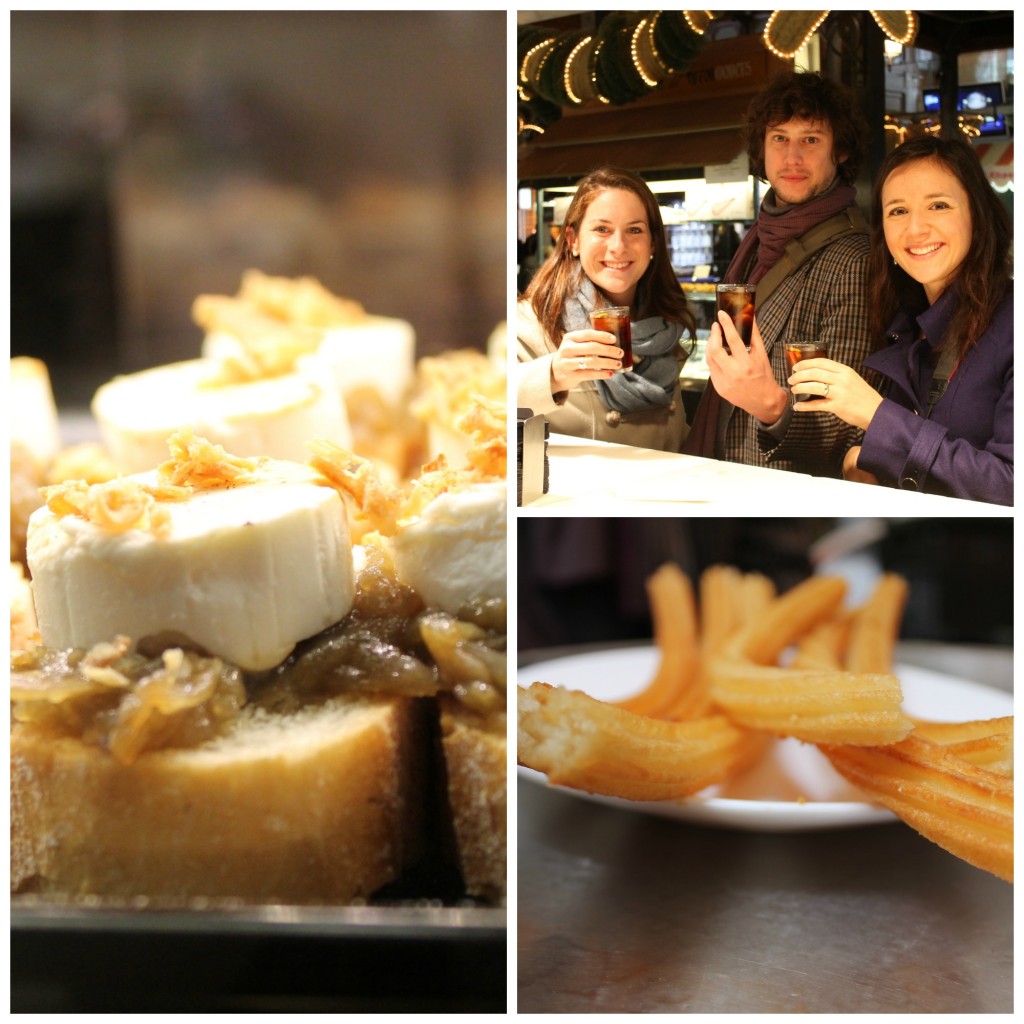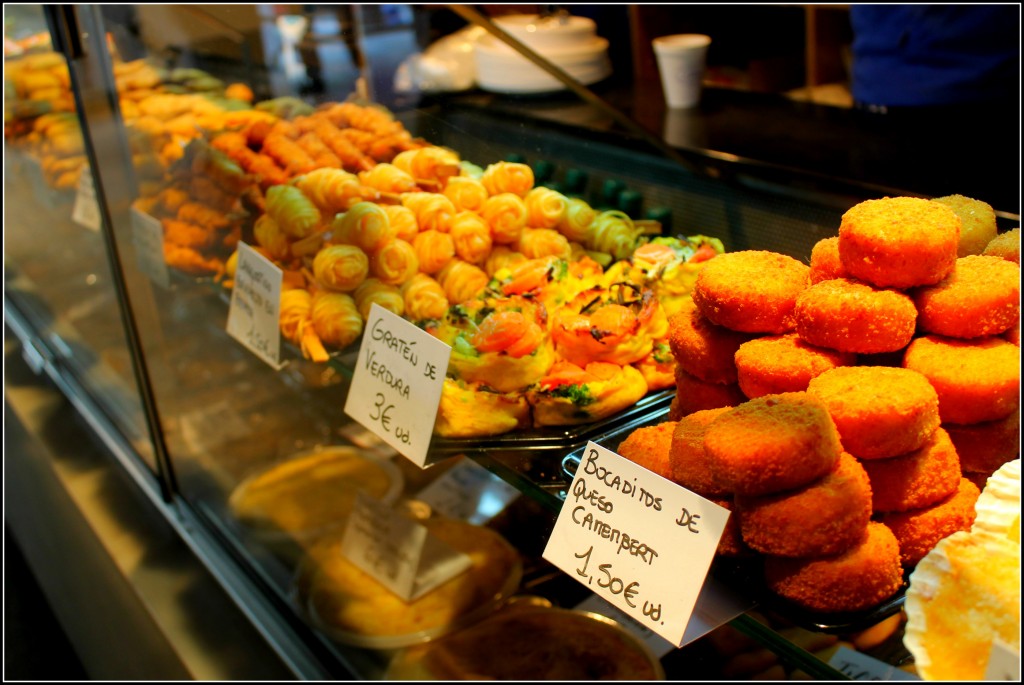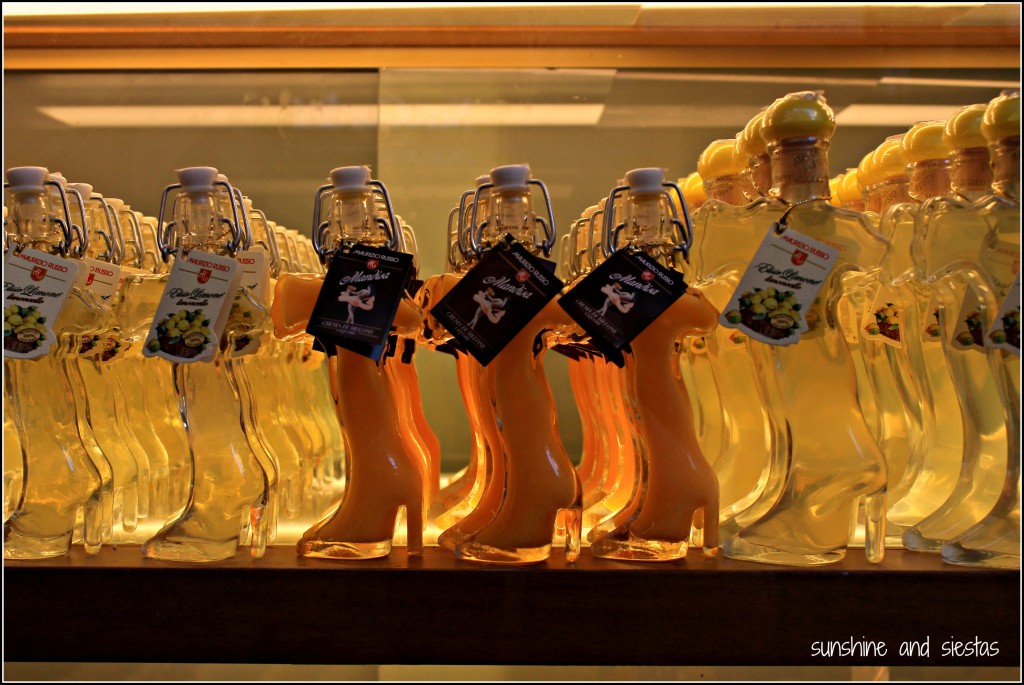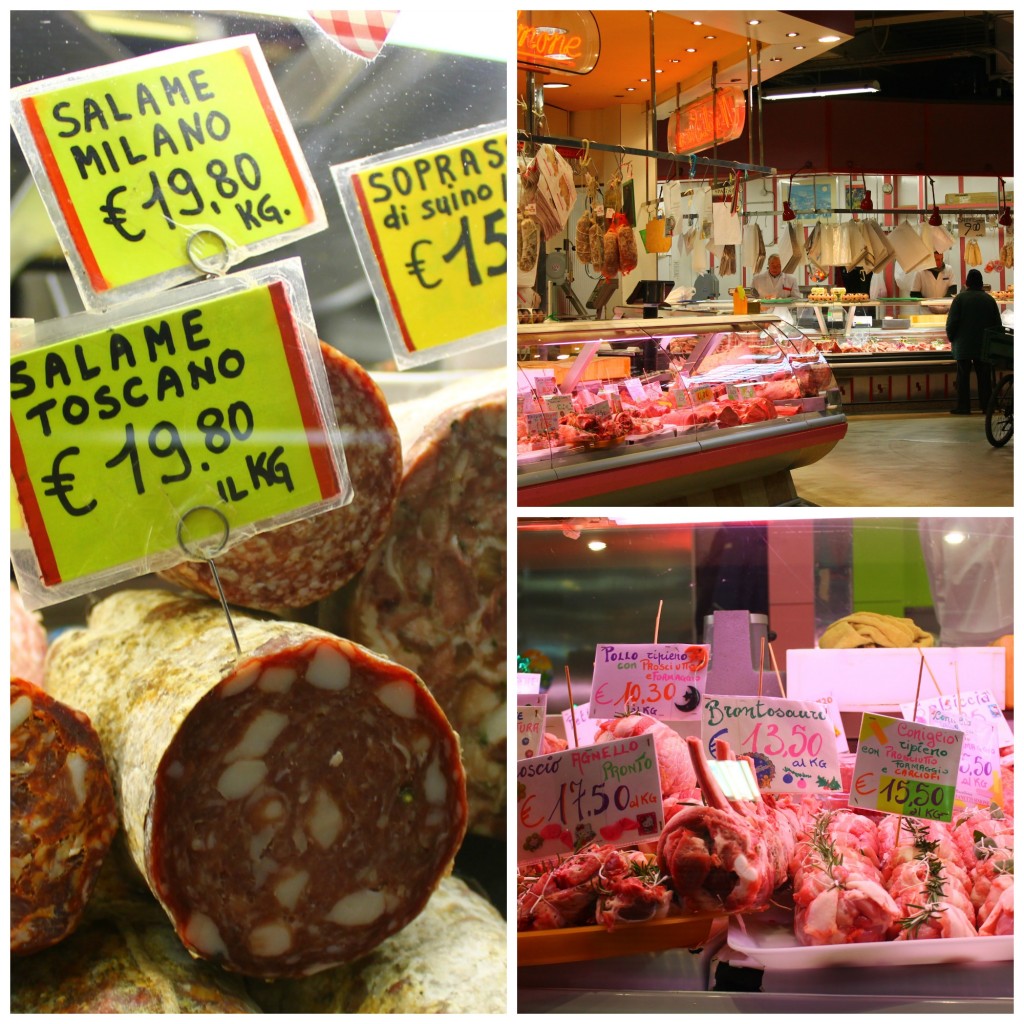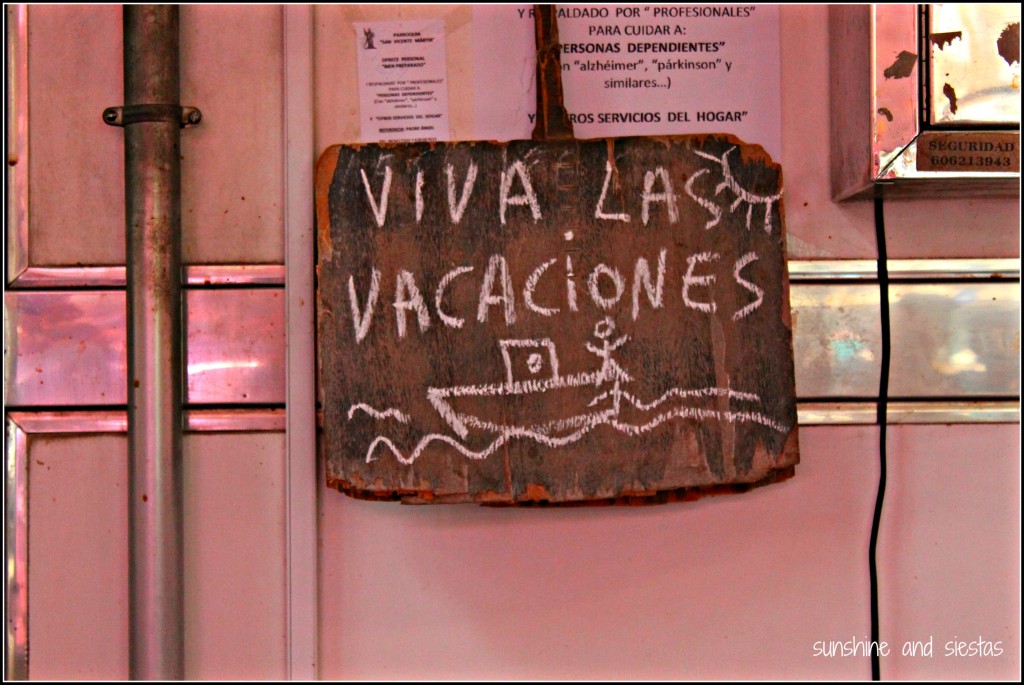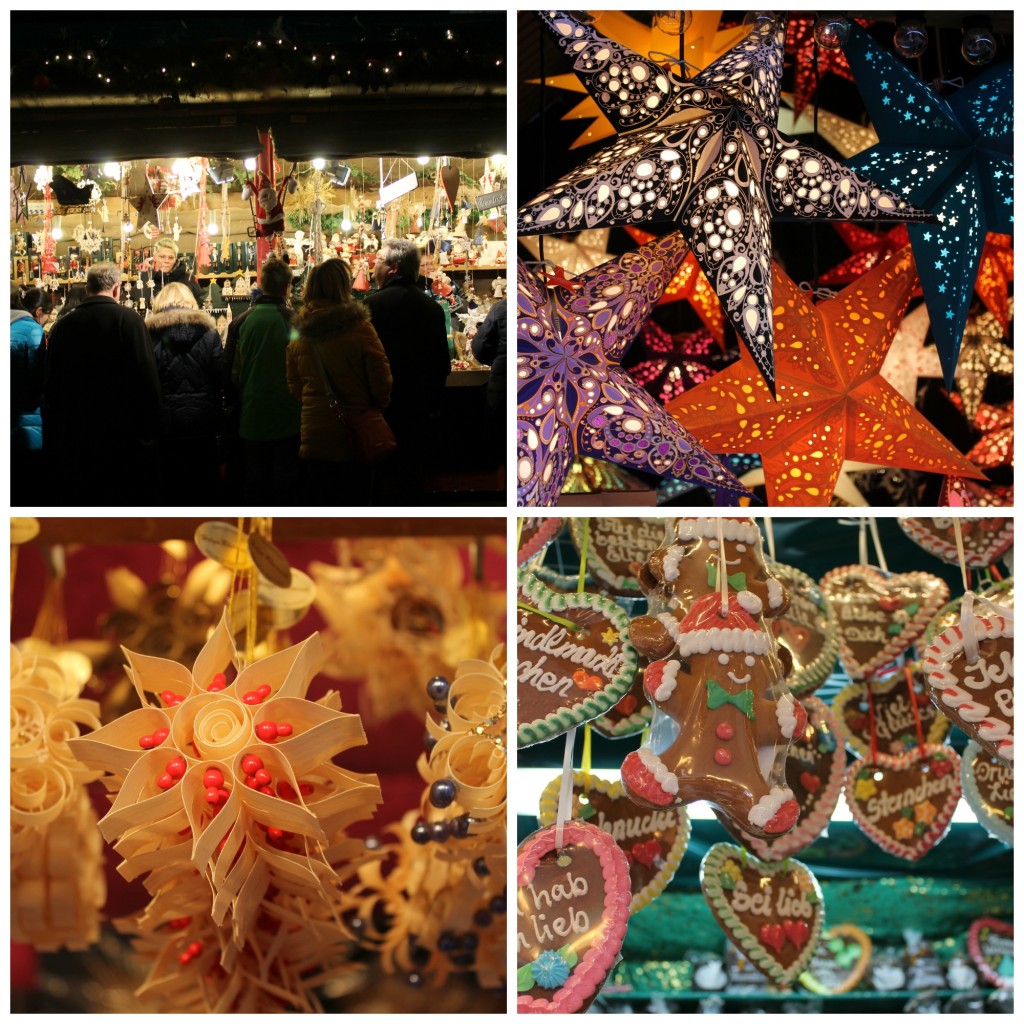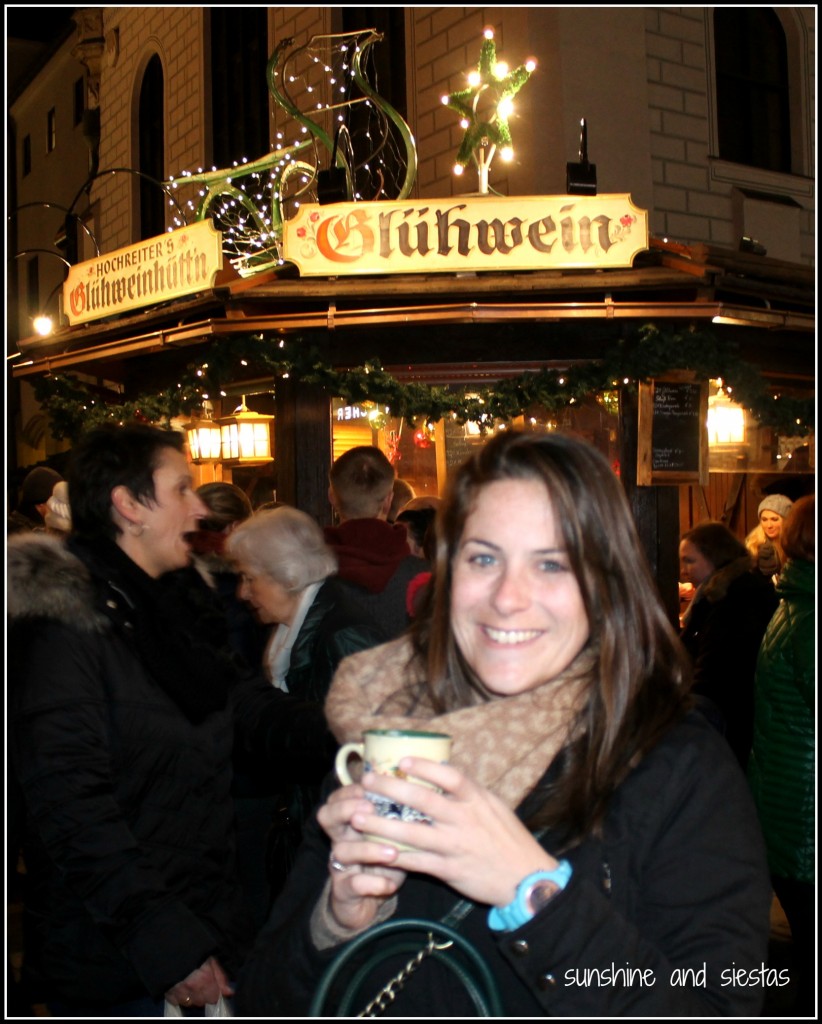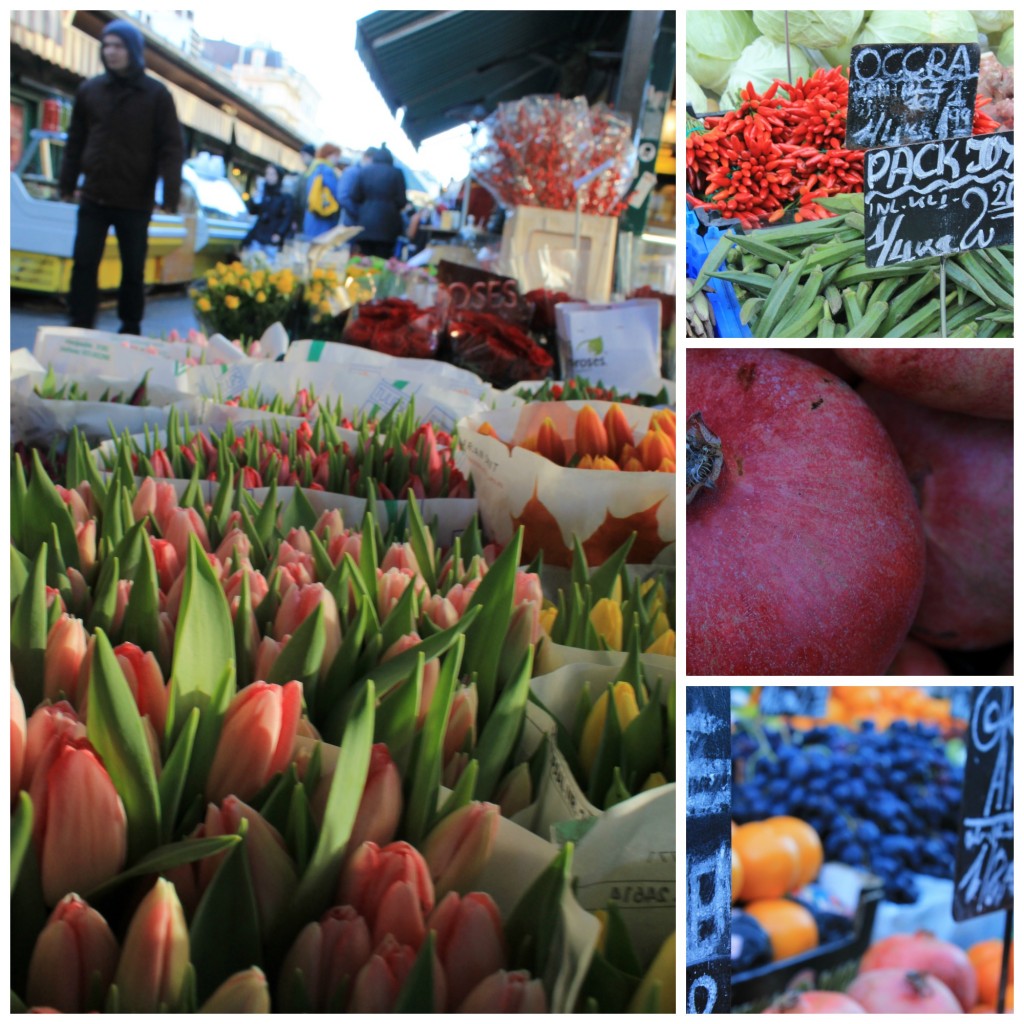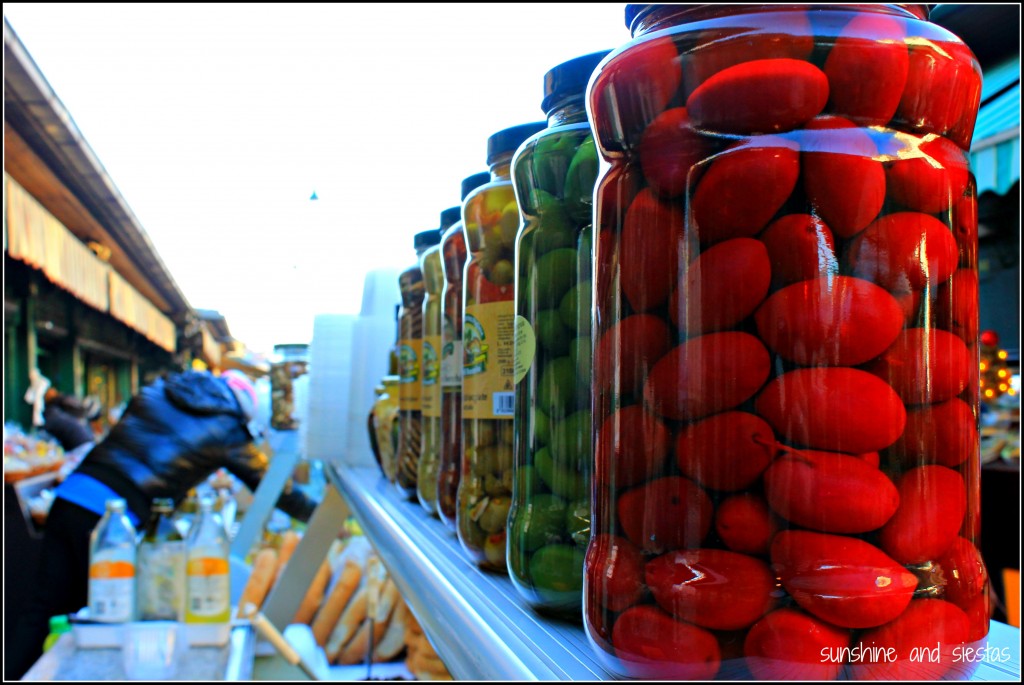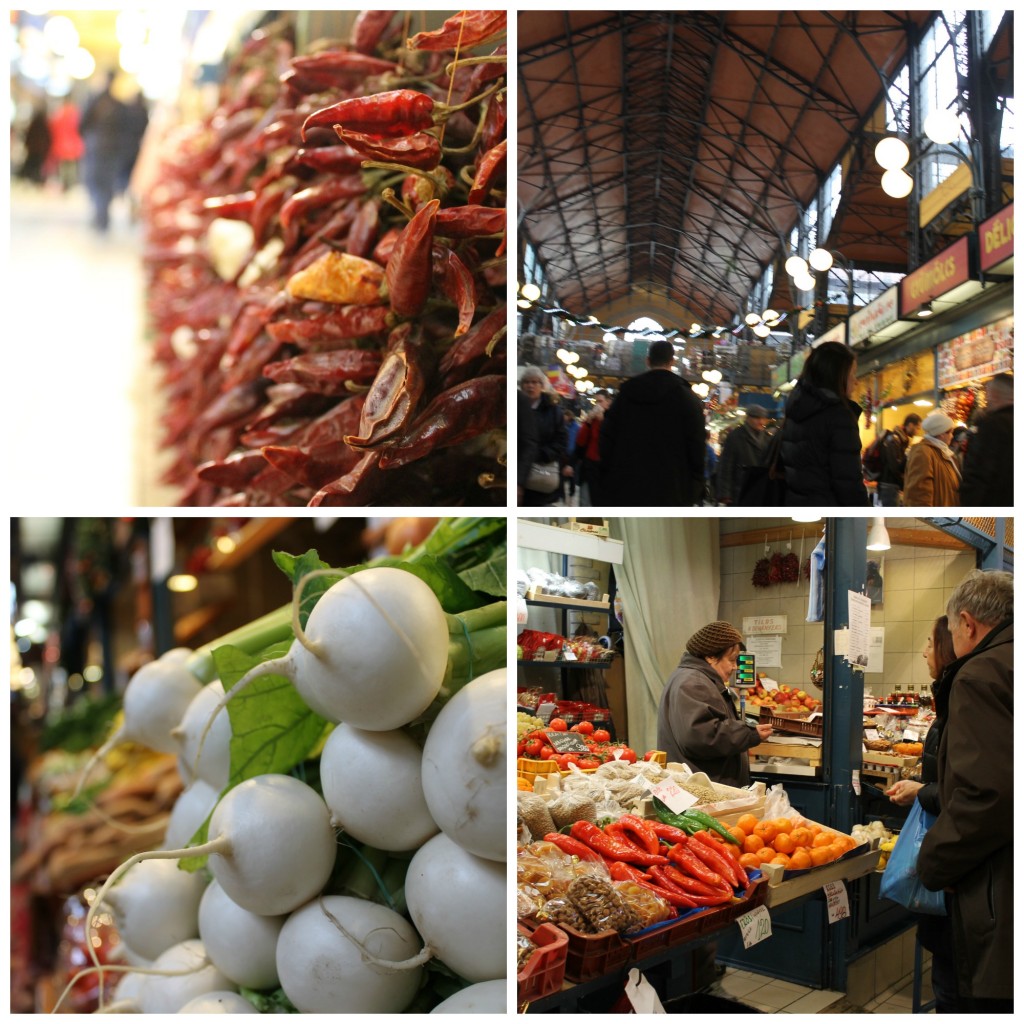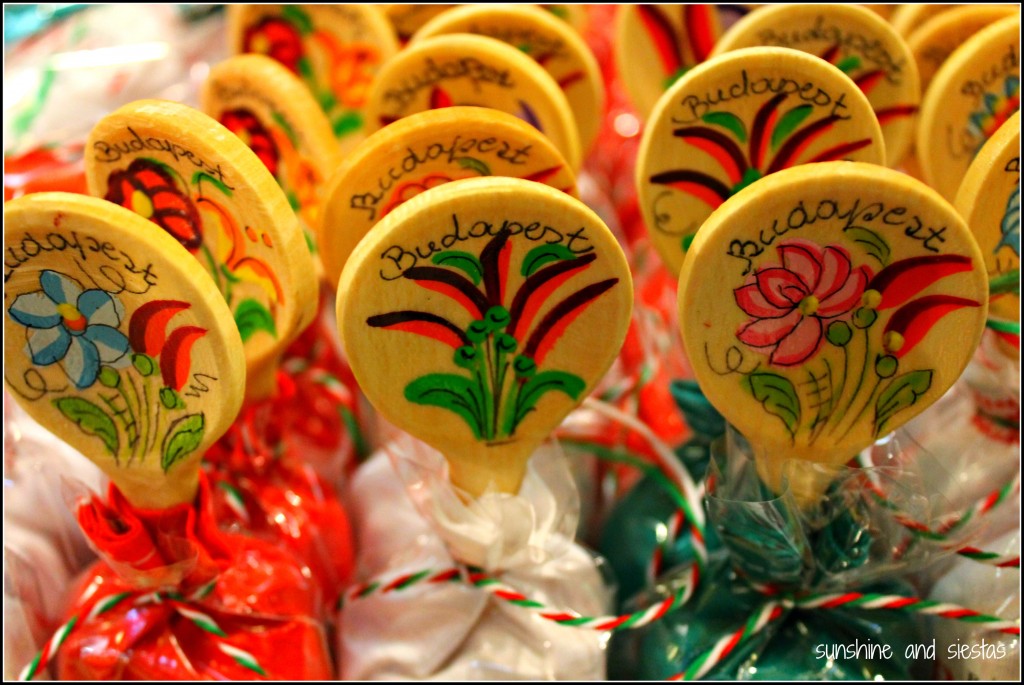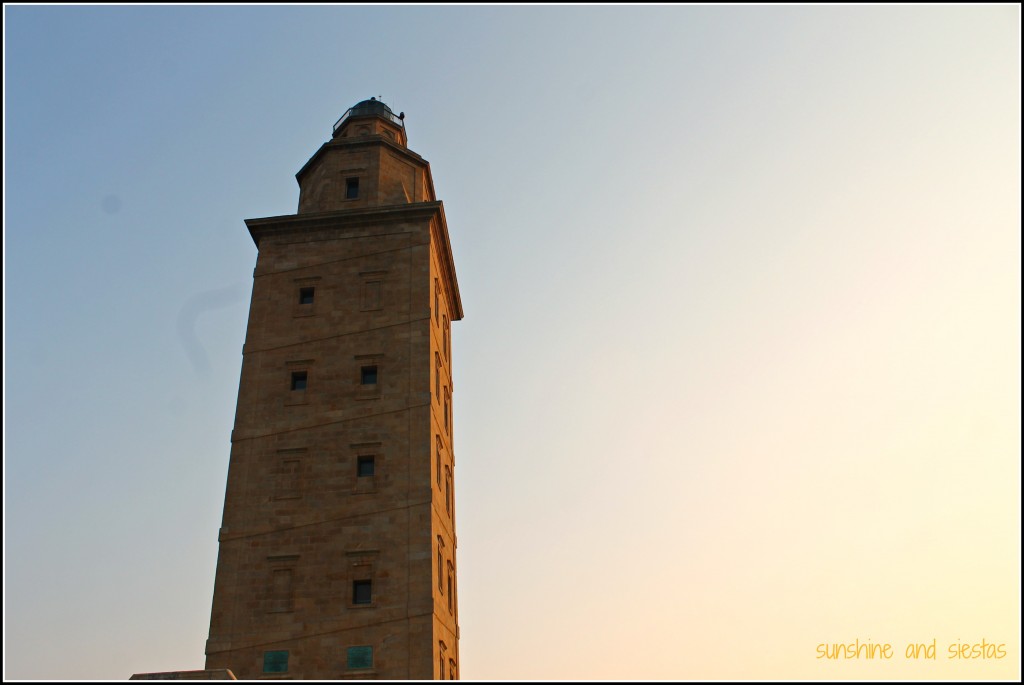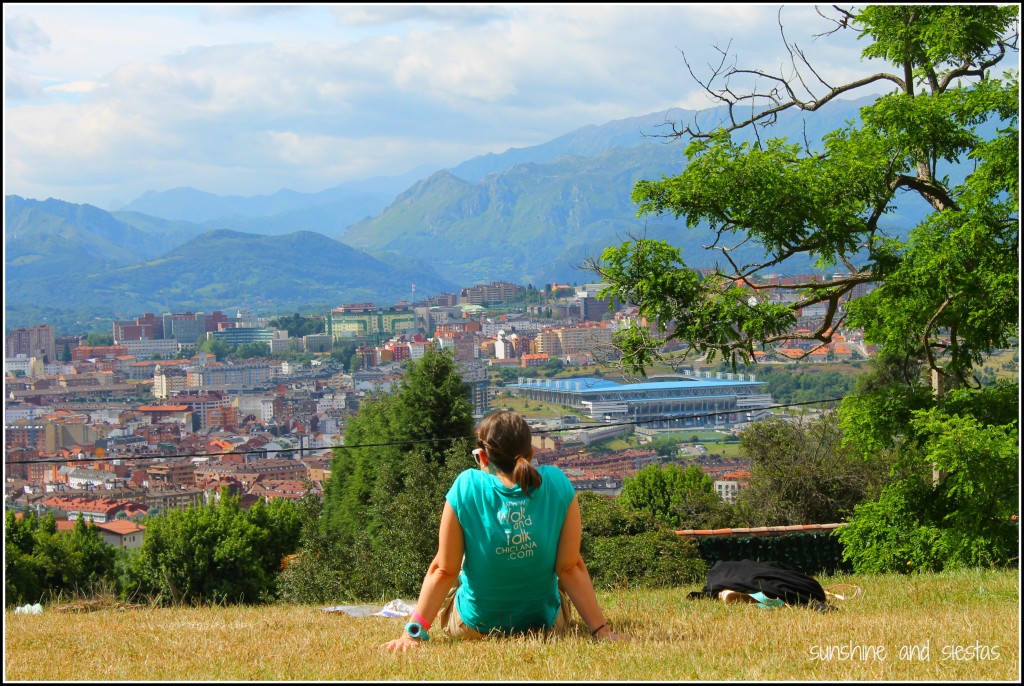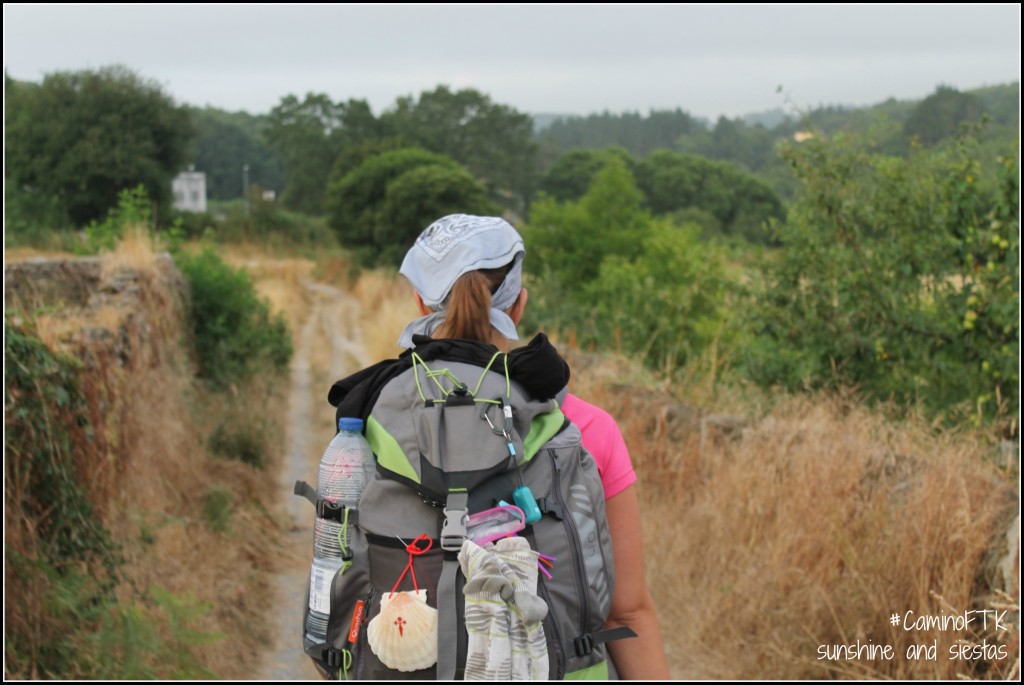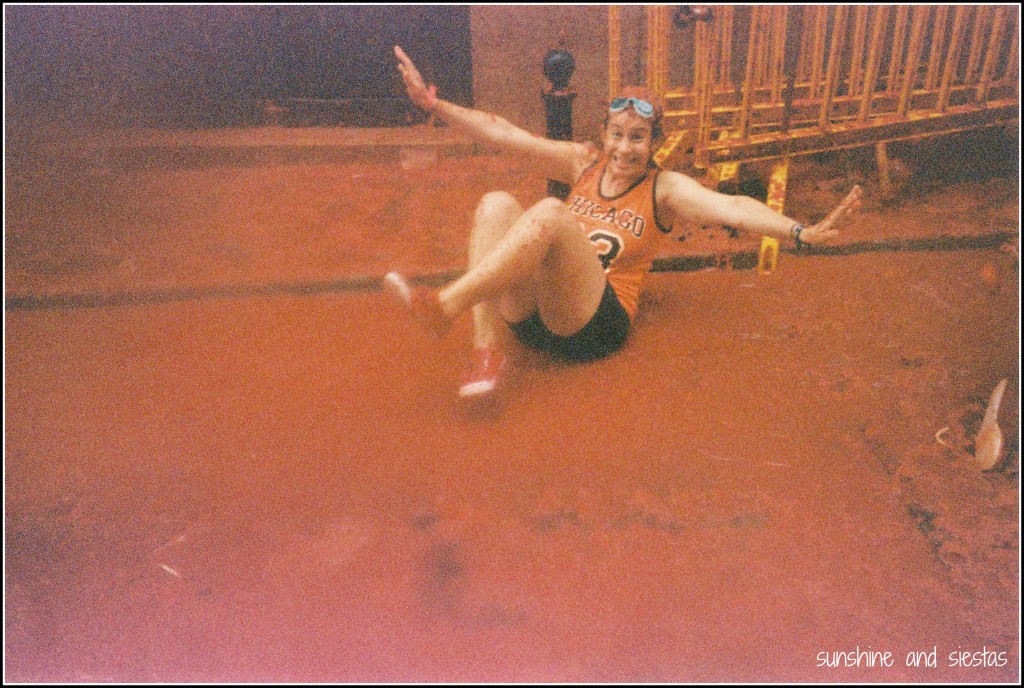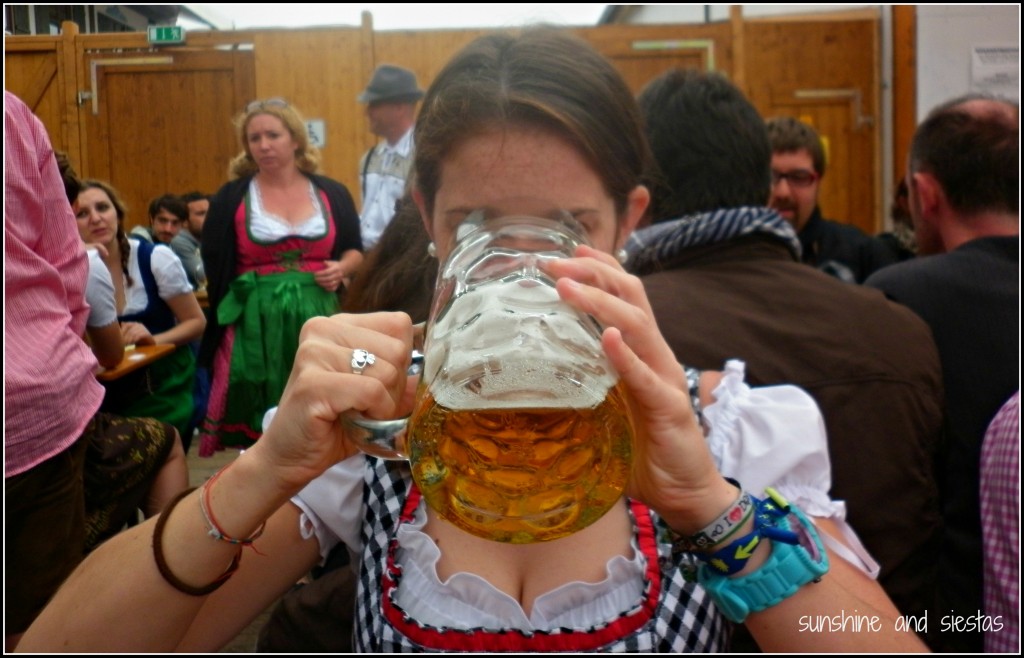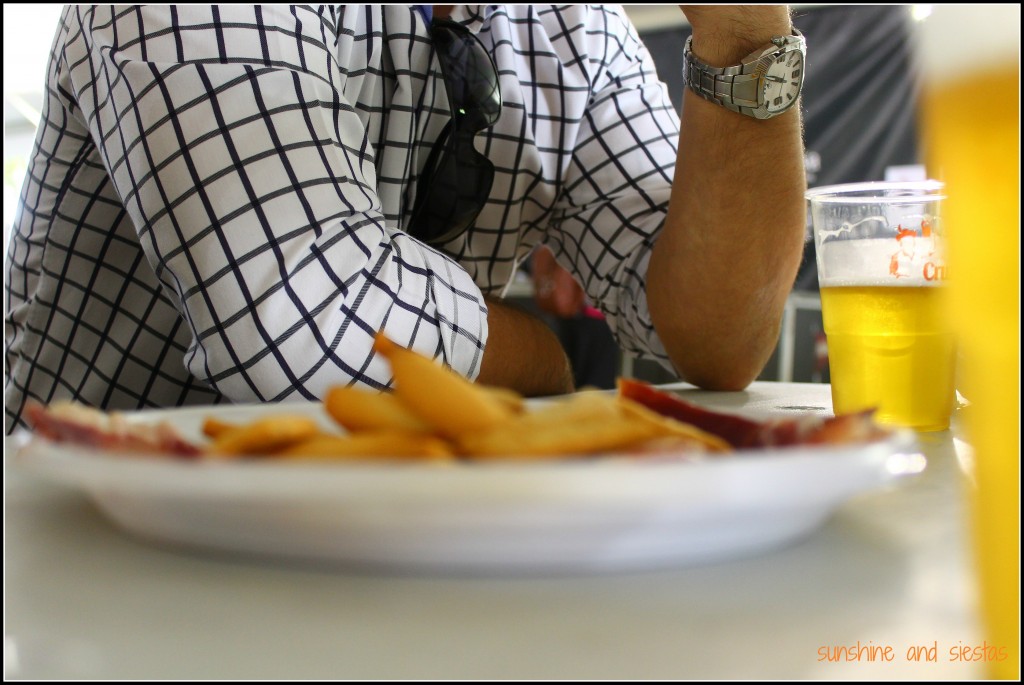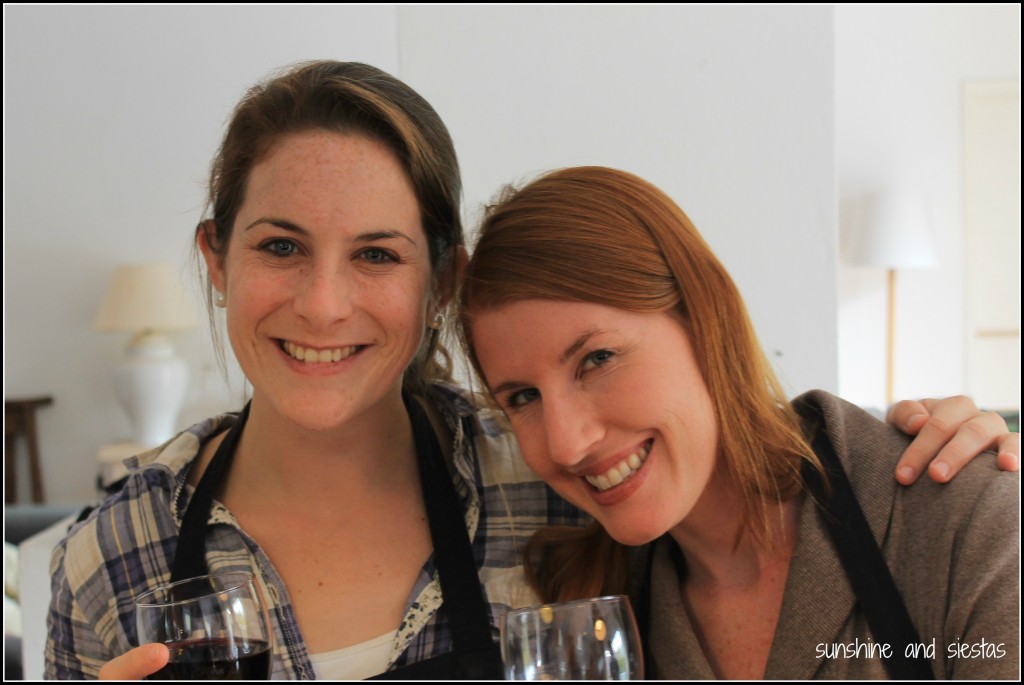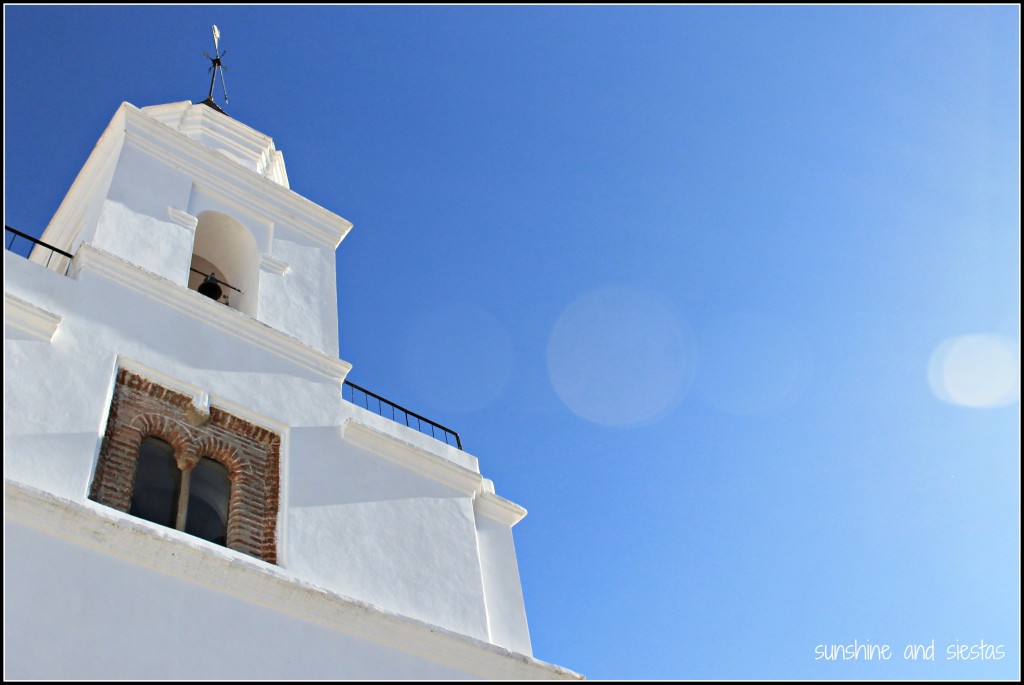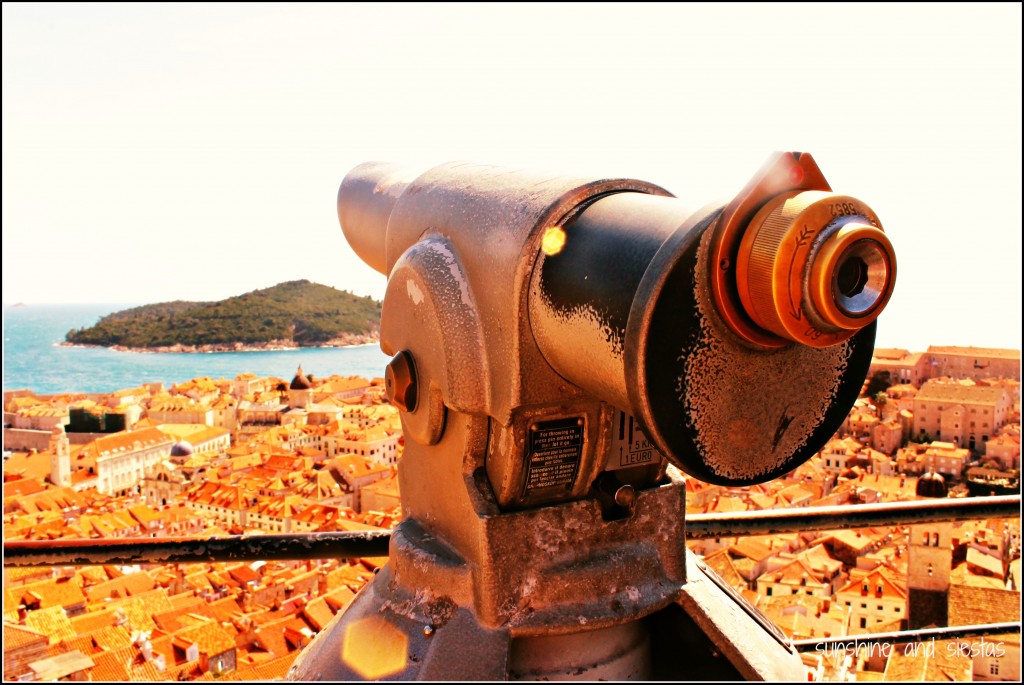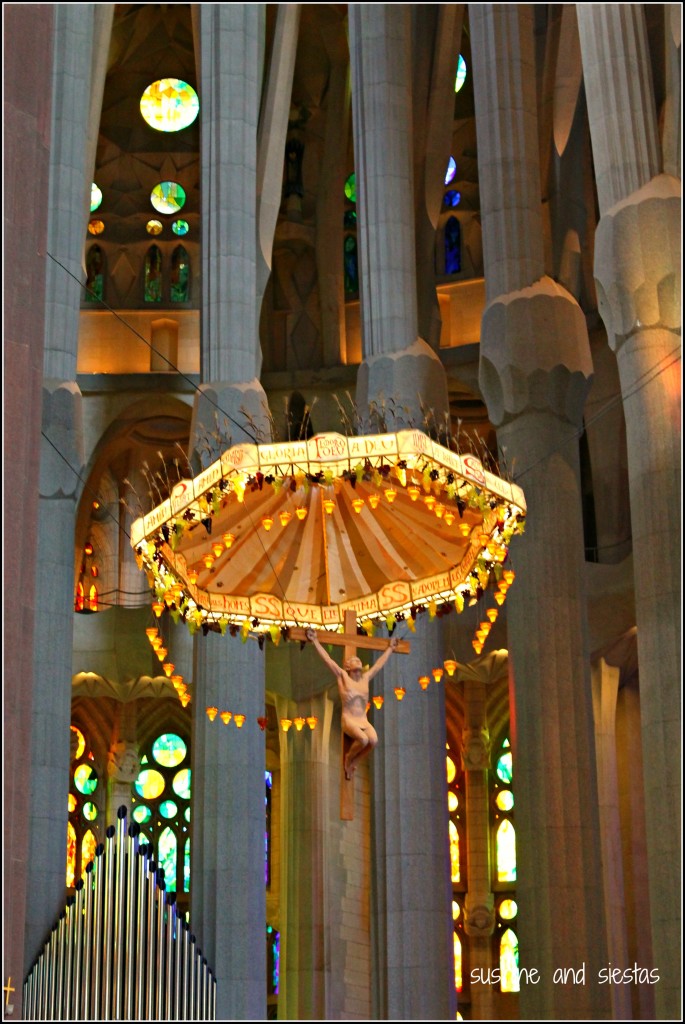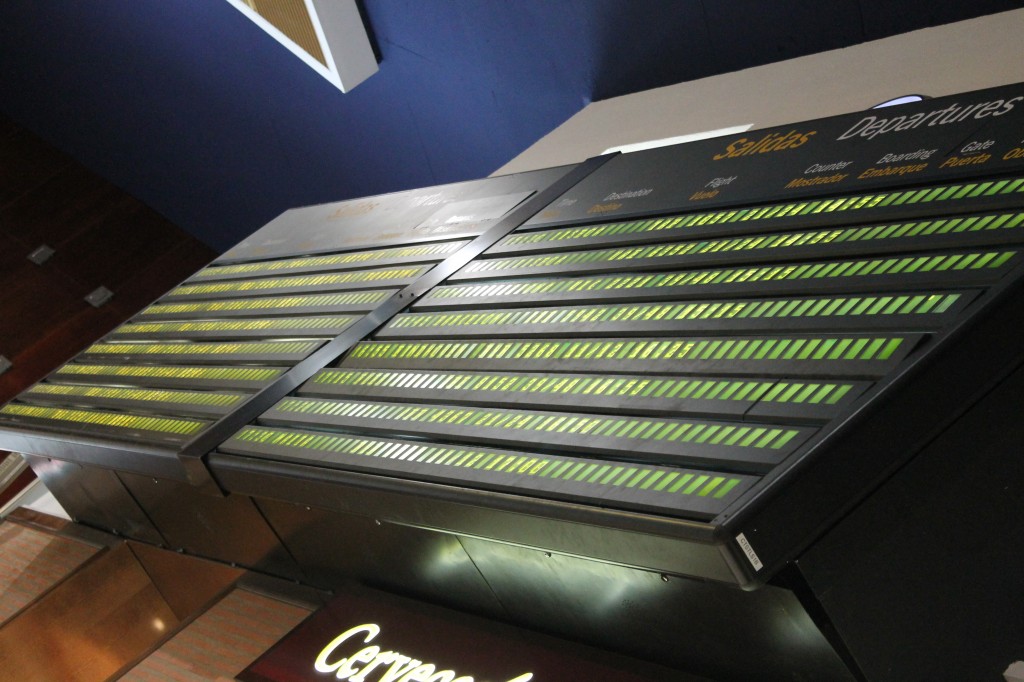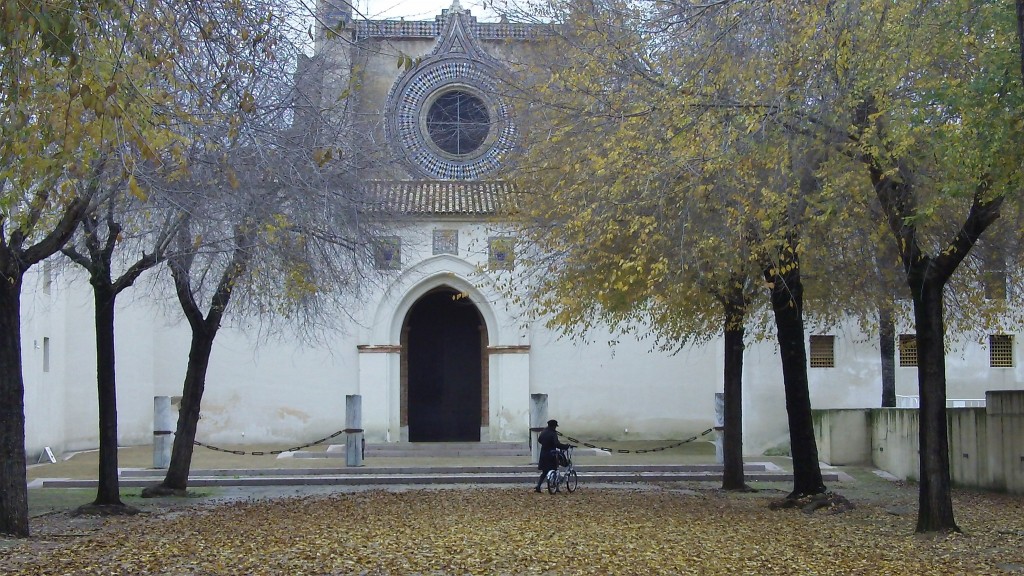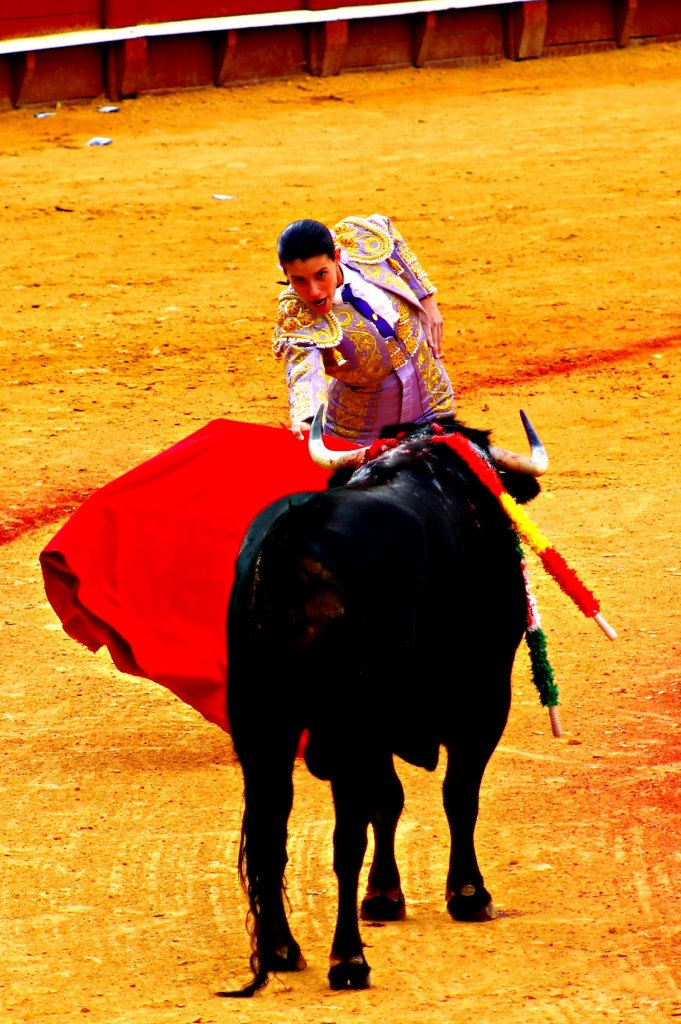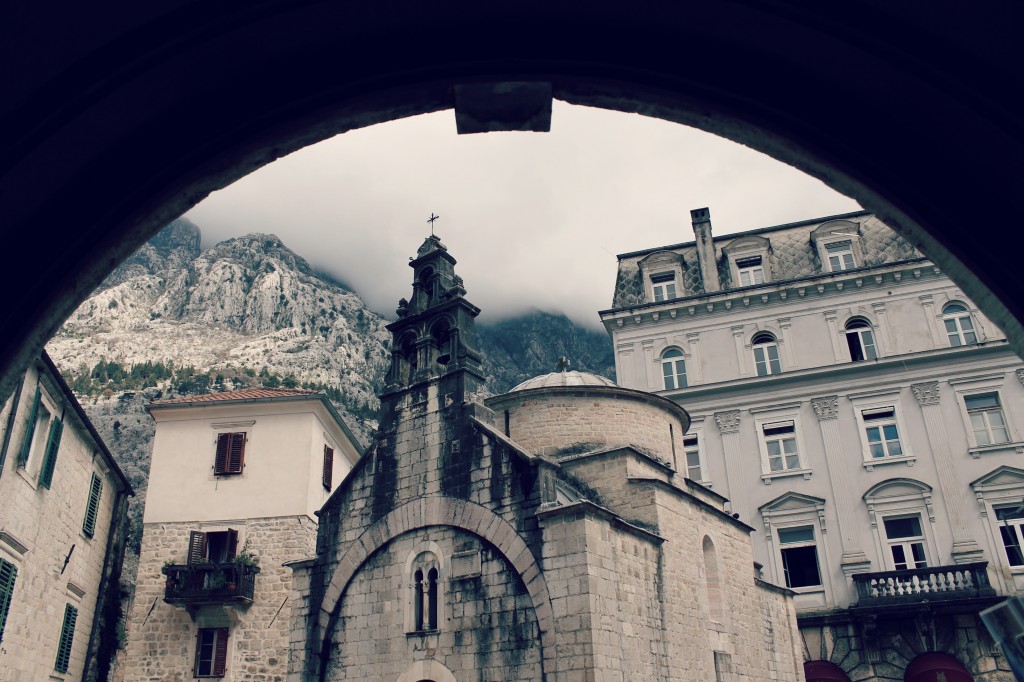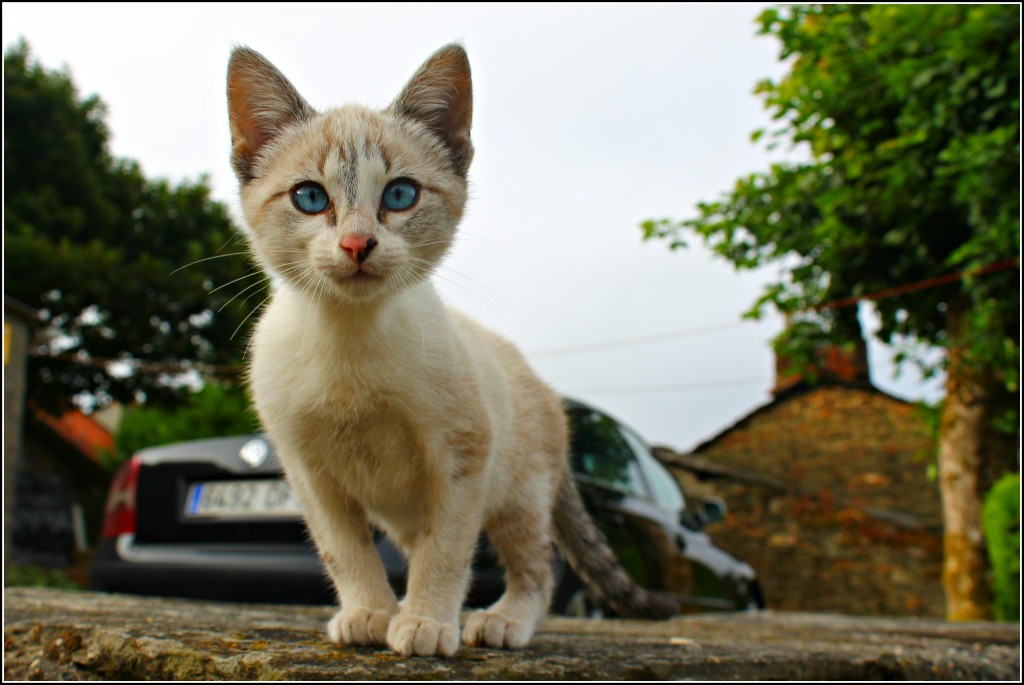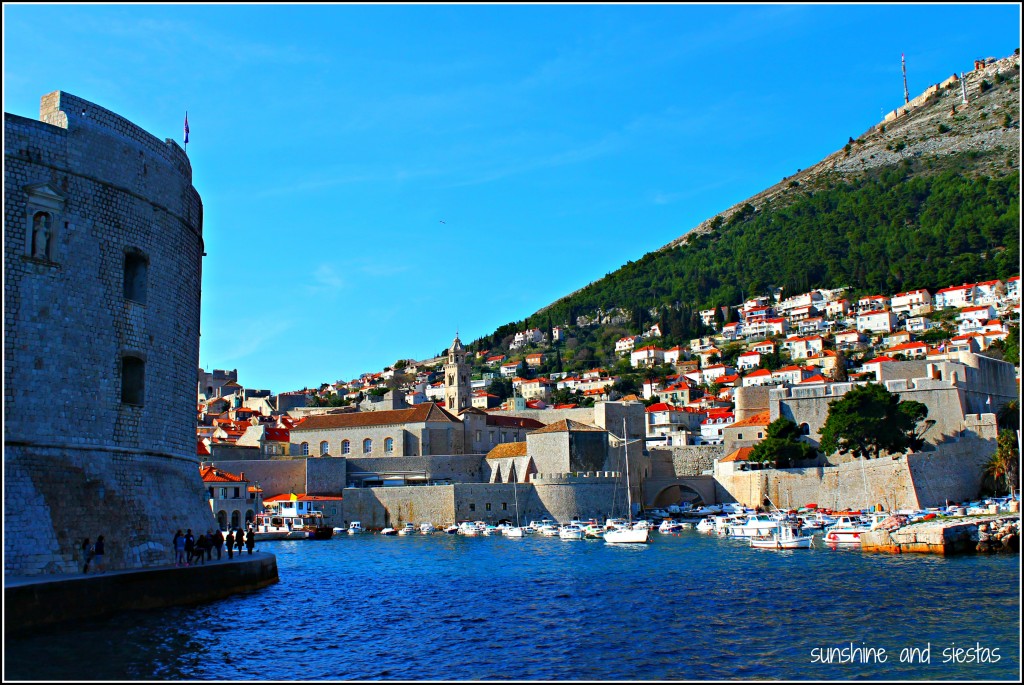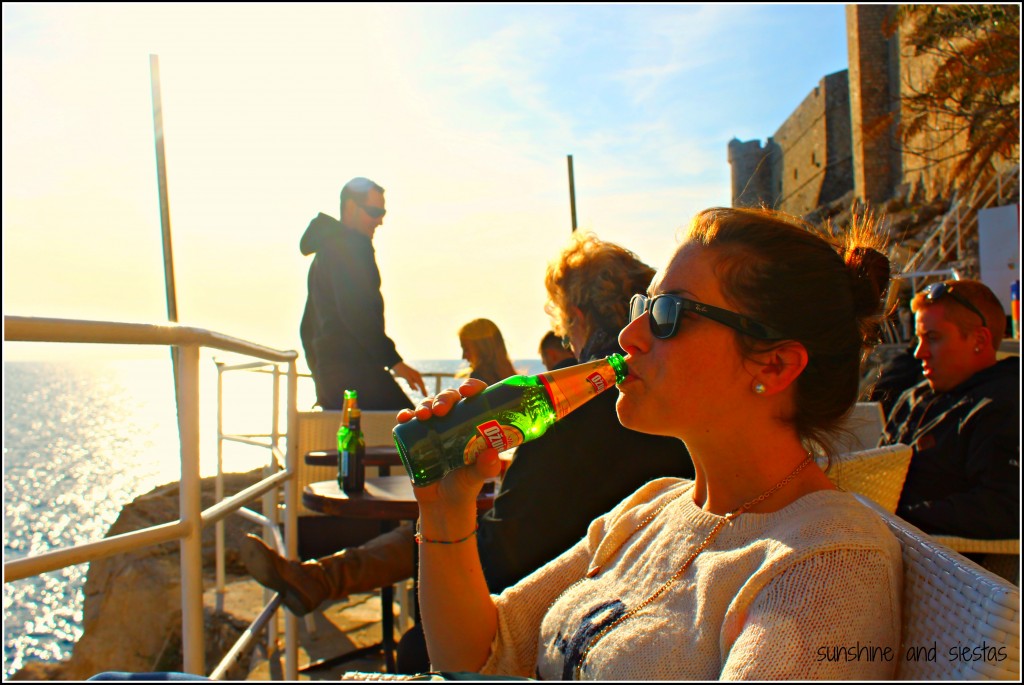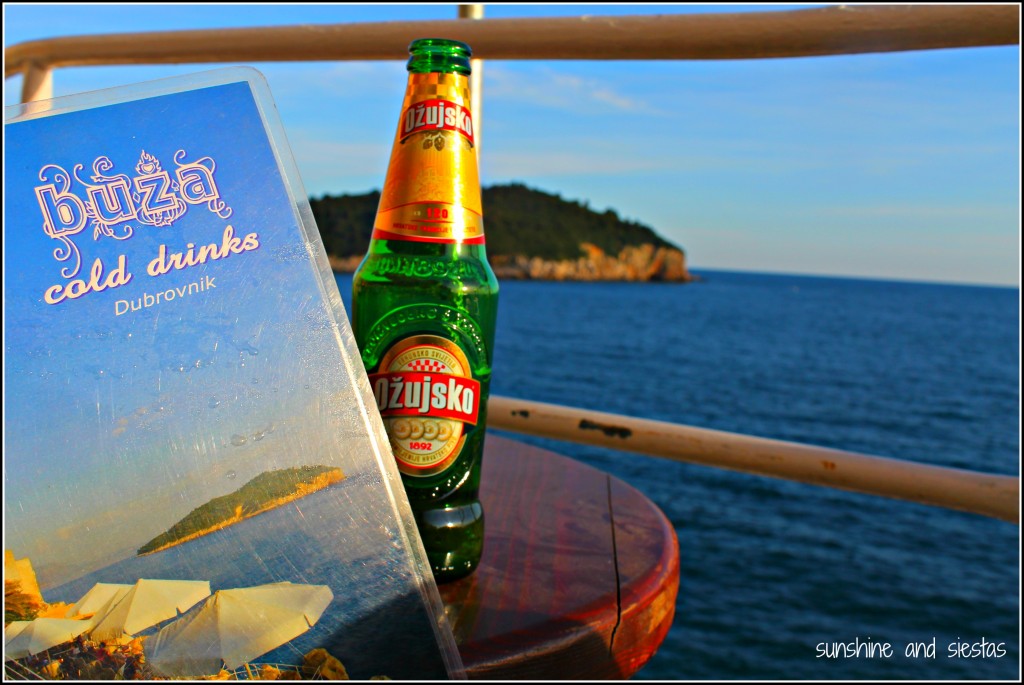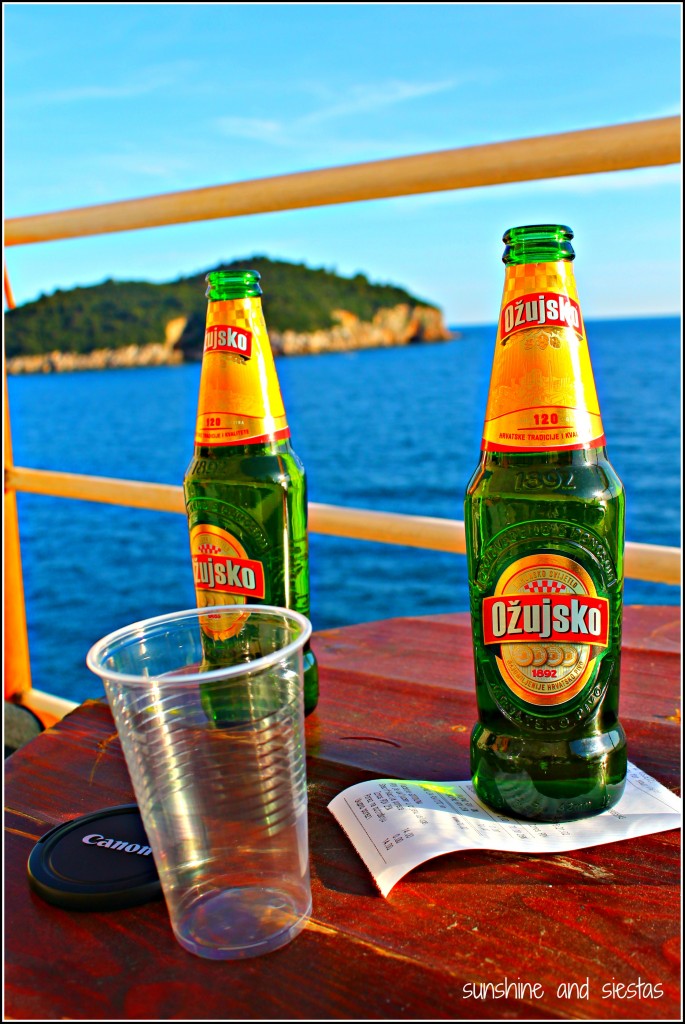As I grow more and more interested in food and its place within culture, I find it hard to resist visiting markets when I travel. When I went to China five years ago, I got to witness the fish monger chopping up fish parts, whipping them, unwrapped, into a shallow pool of salt water while customers grabbed at whatever they could. Pig feet, sheep intestines and even a sandbox full of white rice were clucked over, and the international food aisle had just one Spanish product: Ybarra salsa rosa.
I was hooked.
In 2013, I made visiting markets a must on my trip itineraries. Sampling weird and local fare, watching patrons haggle and understanding shopping and cuisine in other countries is one of my treasured memories from my big year in travel in 2013. Here are some of my top picks:
Madrid’s Mercado de San Miguel
While becoming heavily touristy of late, the Mercado de San Miguel is a stone’s throw from the elegant Plaza Mayor and a perfect introduction to Spanish cuisine. Within the glass and wrought iron structure, far from all over Spain is peddled: Madrid-made vermut in half a dozen varieties, oysters and shellfish from Galicia, salted cod from the North Sea.
For my parents, who trust their sight more than their stomachs, snacking at the tall tables in the center of the venue was the best way to try Spanish cuisine without trusting blind faith (or their fluent-in-Spanish daughter).
Florence’s Mercato di San Lorenzo
I surprised the Novio with plane tickets to Bologna in early 2013 as part of his plea to visit the Emilio Romagna region of Italy. He insisted that we go to Florence (one of my tops in travel anyway), and I made I insisted we stop by the central market. On my first trip to Florence in 2008 my Couchsuring host’s flat was just off of the mark square, and I fell in love with the smells that wafted into her airy apartment (mostly spiced meat).
We took a quick trip around the square’s leather offerings outside, bu I was mostly interested in finding a few hundred grams of parmesan and perhaps an espresso stand. We made out like bandits for a few euros, and stumbled upon a great trattoria nearby, Trattoria da Guido.
Valencia’s Mercat Central
In August, I returned from the Camino de Santiago to a quick jaunt to Valencia for the Tomatina. On my third visit to Spain’s third-largest city, I wanted to do something else than the normal tourist route of Calatrava and paella. K and I browsed the numerous stalls in Valencia’s central market, which feature local seafood and produce, as well as non-traditional items such as Ecuadorian and even British offerings.
What is especially impressive about the market is its structure, with two naves adjoining the central building, which is built in an art-noveau style and decorated with stained glass and azulejo tiles. The cupola is impressive, and the market bustles everyday with locals and tourists alike.
Munich’s Christkindle Market
While not a traditional food market, Munich’s Christmas market was a treat. I met my cousin early for cappuccino, which soon turned into glühwein and sausages as we browsed two of the city’s most acclaimed christkindle markets.
Christmas decorations, sweets, toys and other gifts lined the stalls near the Rathaus and on the famous Neuhauser Straβe. There are numerous markets around the city, including a medieval market behind Odeonsplatz, a children’s market (with cheaper booze prices) in the courtyard of the papal residence and an enormous punchbowl of mulled wine off of Frauenstraβe.
My advice? Come hungry. Fast if you need to.
Vienna’s Naschmarkt
Though we mostly missed the Christmas markets in Vienna (there were two smaller New Year’s markets at the Museumplein and Schönnbrun Palace), our first stop after a bus tour was the Naschmarkt. Outdoors, nearly a mile in length and punctuated with small coffee houses and sushi takeout, you can find practically everything in its stalls.
Part of what makes Naschmarkt so great is that there is an endless stream of food, from the traditional produce and meat products, to spices, kebab and Turkish delight. My only purchase that morning was 100 grams of wasabi peanuts, but we ogled over fruit we’d never seen before and cuts of lamb that we’d never tried.
Later that morning, as we sped in a taxi towards the palace, we could see that there was a small flea market on the grounds, just on the banks of the Danube.
Budapest’s Great Market Hall
Known locally as Nagycsarnok, the central market of Budapest is part market, part souvenir store. Erected as a market in the 19th century at the end of shopping street Vací Ucta, it’s the most beloved indoor market in Hungary’s capital. There are three levels – the ground floor has produce and meats (including horse meat!); the basement, seafood and a supermarket; and the top floor houses souvenir stands and snack bars.
A must-buy in Hungary is paprika. I bought eight packs for the Novio’s extended family, only to be grounded in Cluj-Napoca, Romania and never get to meet them. Oh well, more goulash for us!
I’m working on a food-related project or two this year and am excited to share my passion with la sobremesa and el tapeo with you. For more, check out my reviews of tapas bars in Seville or my bi-weekly look at Spanish dishes, Tapa Thursdays.
Where are your favorite European markets?
